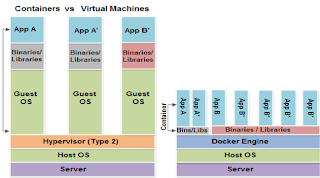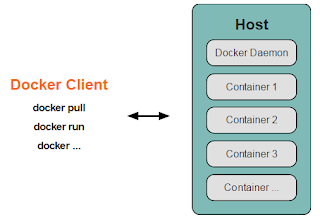1.- Clone docker project:
2.- The docker project has the following structure:
.
├── Dockerfile
├── files
│ ├── img_scripts
│ │ └── run.sh
│ ├── maven
│ │ └── settings.xml
│ ├── opencds
│ │ ├── knowledgeModules.xml
│ │ ├── opencds.properties
│ │ └── sec.xml
│ └── tomcat
│ ├── manager.xml
│ ├── setenv.sh
│ └── tomcat-users.xml
└── readme.txt
We need to add the opencds WAR file and a sample knowledge repository inside of the opencds folder. These files can be downloaded from https://opencds.atlassian.net/wiki/spaces/OP/pages/18382934/Releases
Rename the files as shown below. Note that we have change the zip extension of the sample knowledge module to jar extension
opencds
├── knowledgeModules.xml
├── opencds-decision-support-service.war
├── opencds-knowledge-repository-data.jar
├── opencds.properties
└── sec.xml
3.- Build docker image running the following command:
docker build -t="opencds/opencds" .
4.- Run container
docker run -it -p 38080:8080 --name opencds opencds/opencds /bin/bash
Inside of the container change directory to the tomcat/bin folder:
cd /usr/local/tomcat/bin
Run the tomcat instance:
./catalina run
The wsdl should be available in localhost:38080/opencds-decision-support-service?wsdl
Open the request demo on soapui:
Make sure that the target url is localhost:38080
Note that the payload is encoded as base64. You can decode the payload using this online tool
Click on the green arrow to send the request. The response is also decoded in base64:





































